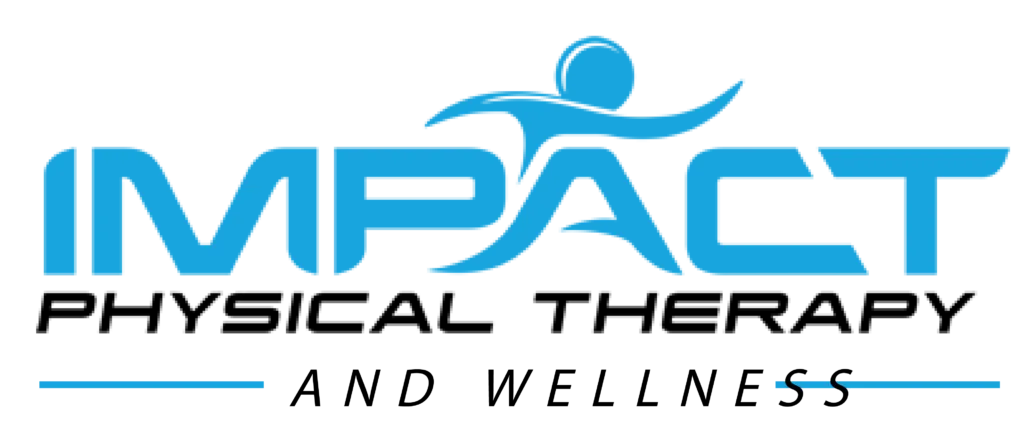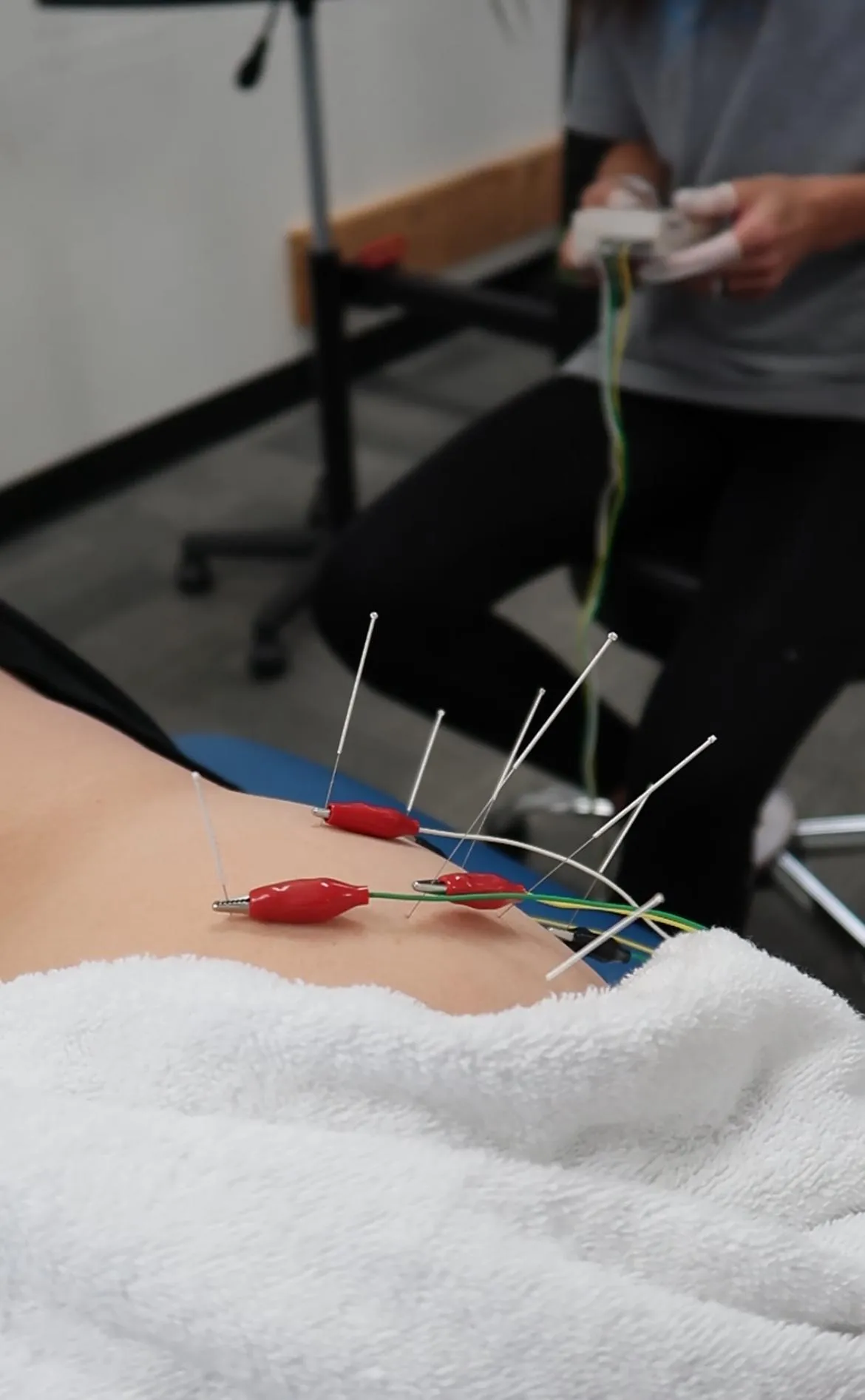
Welcome to Our Blog

Understanding Sciatica and How Physical Therapy Can Help
Understanding Sciatica and How Physical Therapy Can Help
Sciatica is a common condition that can cause significant pain and discomfort, impacting daily life and mobility. While the term "sciatica" is often used to describe any pain in the lower back or legs, it specifically refers to irritation or compression of the sciatic nerve, the longest nerve in the body.
What Is Sciatica?
The sciatic nerve originates in the lower back, runs through the buttocks, and travels down the back of each leg. It is responsible for providing sensation and muscle control in much of the lower body. Sciatica occurs when this nerve becomes irritated or compressed, often due to:
- Herniated discs: A slipped or bulging disc can press on the sciatic nerve.
- Spinal stenosis: Narrowing of the spinal canal can put pressure on the nerve roots.
- Piriformis syndrome: The piriformis muscle in the buttocks can irritate the sciatic nerve when it becomes tight or spasms.
- Bone spurs or arthritis: Bony growths in the spine can encroach on nerve pathways.
Symptoms of Sciatica
Sciatica typically presents as:
- Sharp, shooting pain radiating from the lower back to the back of the leg
- Numbness or tingling in the leg or foot
- Weakness in the affected leg
- Difficulty standing, walking, or sitting for extended periods
How Physical Therapy Can Help
Physical therapy is an effective, non-invasive solution for managing and relieving sciatica. A skilled physical therapist tailors treatment to address the underlying cause of your pain, focusing on improving mobility, reducing nerve irritation, and strengthening the surrounding structures.
1. Pain Management
Techniques such as manual therapy, soft tissue mobilization, and modalities like heat, ice, or electrical stimulation can help alleviate pain and inflammation.
2. Stretching and Flexibility Exercises
Specific stretches can reduce tension in muscles like the piriformis and hamstrings, which may be compressing the sciatic nerve. These exercises improve flexibility and reduce pressure on the nerve.
3. Strengthening Exercises
Targeted exercises strengthen the core, glutes, and lower back muscles to provide better spinal support and prevent future flare-ups.
4. Posture and Body Mechanics Education
Improving posture and learning proper techniques for sitting, standing, and lifting can prevent additional stress on the sciatic nerve.
5. Spinal Mobilization and Manipulation
In some cases, gentle manipulation of the spine can relieve pressure on the nerve. Physical therapists are trained to safely perform these techniques to improve spinal alignment and mobility.
Why Choose Physical Therapy for Sciatica?
Physical therapy offers a comprehensive, personalized approach to treating sciatica without the need for medication or surgery. By addressing the root cause of the condition and empowering you with the tools to manage and prevent future issues, physical therapy promotes long-term recovery and improved quality of life.
At Impact Physical Therapy, our team is dedicated to helping you overcome sciatica through evidence-based techniques and compassionate care. If you're ready to take the first step toward pain relief, contact us today to schedule an appointment. Let us help you get back to living pain-free!
At Impact Physical Therapy, we focus on YOUR entire system
to not only identify the source of your symptoms, but to also treat the root causes of your shoulder pain.
We have helped hundreds of patients just like yourself avoid surgery, and pain killers by providing a hands on approach. Whether you have tried physical therapy somewhere else, have had pain for years, use pain killers or have tried EVERYTHING …. WE CAN HELP YOU.
Get in for a Free Consultation and let us show you why hundreds of patients have succeeded and now live a happy and active life.
Become one of the hundreds of patients that we have helped get back to an active life!
Why Impact Physical Therapy?
At Impact Physical Therapy, we focus on your entire movement system to not only identify the source of your symptoms, but to also treat the causes of your shoulder pathology.
We feel so confident that you will love the experience – this is why we have a 100% satisfaction guarantee!
Become one of the hundreds of patients that we have helped get back to an active life!
What to Expect from Us:
One-on-one care with a Doctor of Physical Therapy
Individualized plan of care
Innovative techniques such as cupping, dry needling, and kinesiotape
Easy lines of communication
Fast results
Friendly environment where everyone knows your name
Clean, fun and memorable